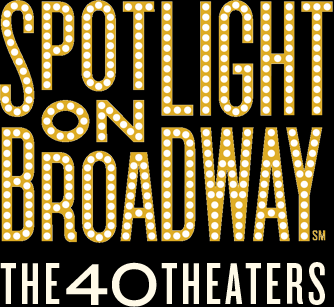The Booth Theatre was originally built in 1913 for Winthrop Ames, an independent producer with an architectural background who partnered with the Shubert Brothers to create a small theater to present great drama.
Convinced that smaller venues fostered intimate theater, Ames specified that the theater contain only 600 seats. Designed by Henry B. Herts, the interior was English Tudor and emphasized intimacy. When it opened in 1913, the Booth Theatre was the second playhouse in New York City to bear the name of Edwin Booth, the great Shakespearean actor who also had the distinction of being the brother of John Wilkes Booth, President Lincoln’s assassin. The Booth and Shubert Theatres were built on either end of Shubert Alley, occupying one lot between 44th and 45th Streets, and their backstage areas are back to back, separated by a brick wall. True to Ames’s vision, the Booth has been home to many Pulitzer Prize–winning productions including You Can’t Take it With You, The Time of Your Life, That Championship Season, Sunday in the Park with George, and Next to Normal.





















